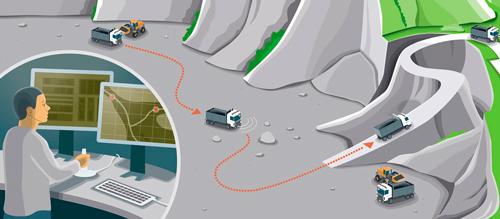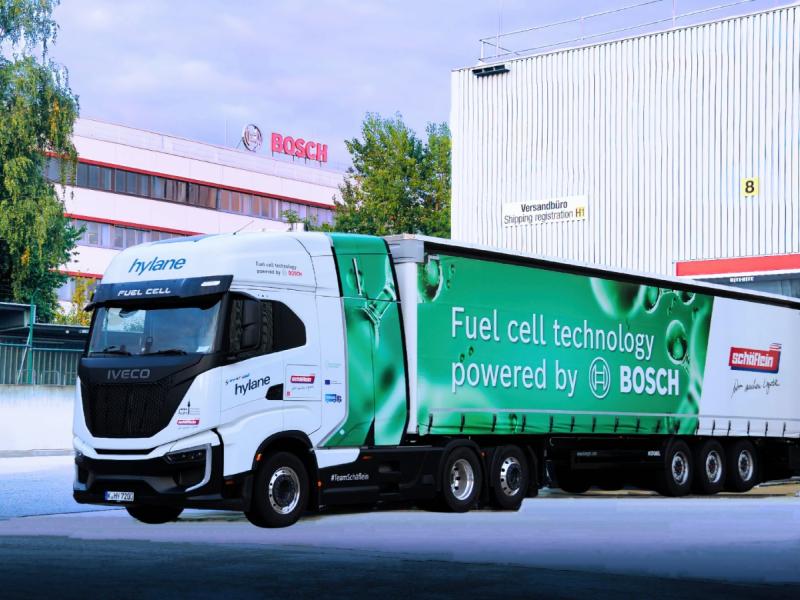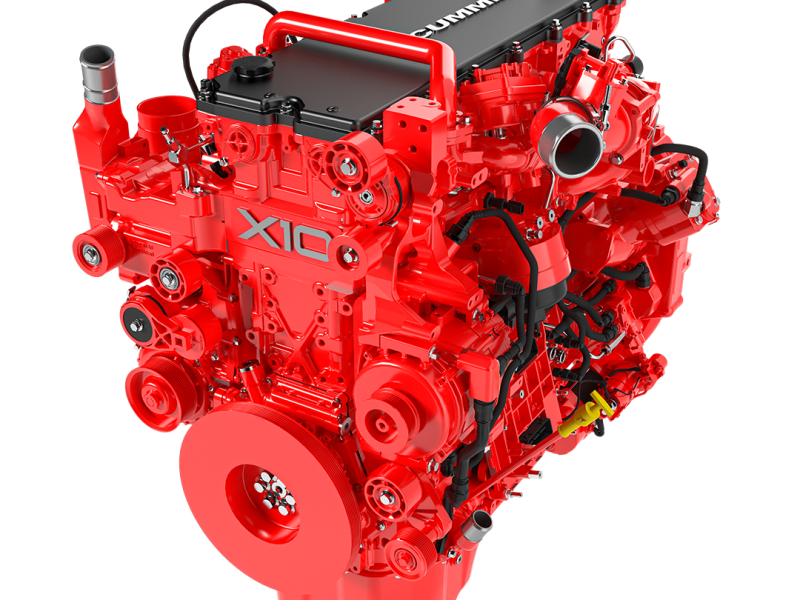The first self-driving truck in day-to-day operation could be a mining truck from Scania, the Swedish company says.
Scania is at the forefront of research in the driverless trucks area with tests under real-life conditions not far away. Furthermore, some of Scania’s customers in Australia are already discussing potential application opportunities for the future.
At this moment, European prototypes are hard at work under gruelling conditions, testing the remote control capabilities of the technology, as well as assessing how the vehicle responds without hands-on control.
Scania’s Astator test vehicles have been developed to the point they can now drive around with an empty driver’s seat on a test track, running through simulations of loading and unloading under remote control. It’s also capable of safely dealing with obstacles on the road.
This mining truck is the first of its kind, with developers at Scania and researchers from technical colleges in Sweden examining the role driverless trucks could play in tomorrow’s transport system.
“Mines are environments that are especially well suited to self-driving vehicles,” says Lars Hjorth, responsible for pre-development within Autonomous Transport Solutions at Scania.
“The area is contained and the operator can control what equipment or personnel are working in the area.”
Hjorth is also Project Manager for iQMatic, a research project that Scania is conducting in cooperation with other Swedish companies, such as Saab and Autoliv.
The project is being run with support from the Swedish Government and also involves researchers from KTH Royal Institute of Technology and Linköping University.
Up to now, the mining industry has relied upon large and expensive construction-style vehicles for its heavy transport requirements.
But interest is increasing around the world in smaller scale and more flexible solutions involving specialised mining trucks.
“A truck solution is more cost effective, with the total cost per transported tonne being significantly lower,” says Hjorth.
“The infrastructure costs are also reduced as trucks don’t require specially reinforced roads.”
Self-driving solutions for construction-style vehicles have been around for some years now.
”Now the possibility is opening up to do the same thing with trucks, which could push the mining industry’s costs down even further,” says Hjorth.
His 20-member team within Scania’s Research and Development department is intensively researching self-driving vehicles and the peripheral systems needed to make them a part of tomorrow’s transport system in various areas.
“Self-driving mining trucks could become a reality within a few years and the impetus and potential is here today,” says Hjorth.
“The next step could be self-driving container trucks in ports. And after that the technology will also come to the long haul transport sector, with self-driving vehicles driving between large transport centres where their cargoes are then loaded into last mile delivery trucks.”
In Australia, Scania is already in dialogue with a number of customers regarding potential applications for driverless trucks, both on road and in off-road non-traffic environments.
“We see a lot of opportunity for Scania to leverage its autonomous truck technology in the not-so-distant future in Australia,” says Robert Taylor, general manager of Scania Australia’s Mining and Resources division.
“Customers are already talking with us to find out how we can assist them to implement this technology for specific applications. There is also a lot of interest in platooning for road train line-haul work as well,” he says.






